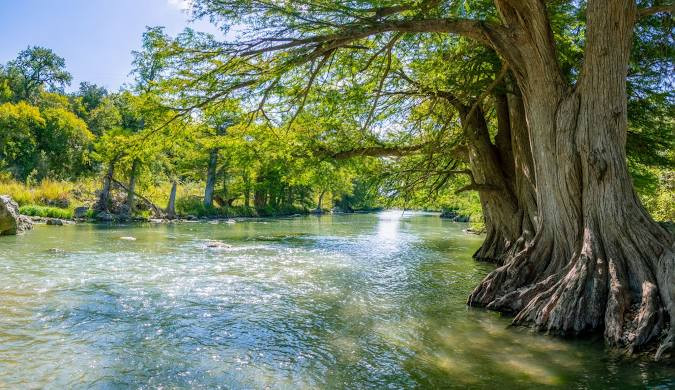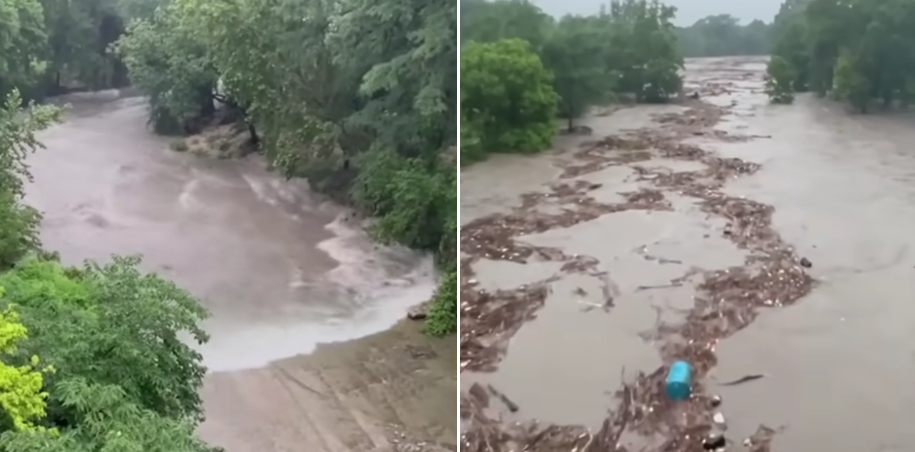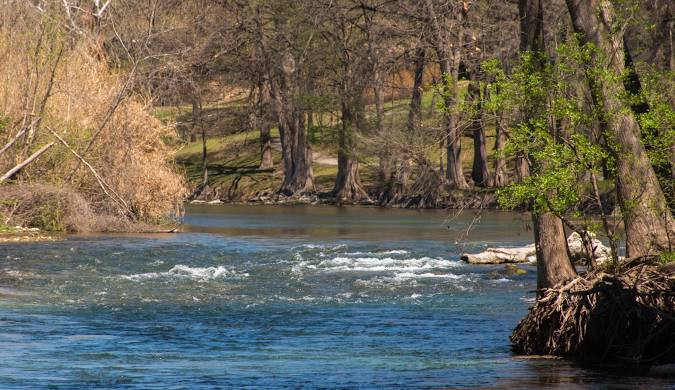What Makes the Guadalupe River So Prone to Flash Flooding Compared to Other Texas Rivers?

The Guadalupe River, winding through the scenic Texas Hill Country, has a hidden danger that struck with devastating force in July 2025.
Heavy rains caused the river to surge, leading to one of the deadliest floods in recent history. Why did this happen so fast, and what makes this area so prone to such disasters?
Let’s explore the reasons behind the Guadalupe River flash floods and the region known as Flash Flood Alley.
Why the Guadalupe River Floods So Quickly

The Guadalupe River can turn from calm to catastrophic in minutes due to a combination of geography, weather, and soil conditions.
The Texas Hill Country, where the river flows, sits along the Balcones Escarpment, a series of steep hills and cliffs. When heavy rain falls, the water rushes down these slopes like a funnel, filling rivers and streams almost instantly.
The region’s limestone soil doesn’t absorb water well, so rainfall runs off quickly into valleys, causing rivers like the Guadalupe to swell rapidly.
In July 2025, the river rose 26 feet in just 45 minutes after 6 to 10 inches of rain fell in a few hours, creating a deadly flood wave that swept through Kerr County and beyond.
Weather patterns also play a big role. Central Texas lies where cold, dry air from the north meets warm, moist air from the Gulf of Mexico.
This clash often produces intense rainstorms, especially when storms stall over the area, dumping massive amounts of water. In the 2025 flood, the remnants of Tropical Storm Barry brought up to 15 inches of rain, overwhelming the river and catching communities off guard.
The speed of these floods leaves little time for warnings or evacuations, making them especially dangerous.
The Dangers of Flash Flood Alley

The Texas Hill Country, stretching from north of Dallas to southwest of San Antonio, is nicknamed Flash Flood Alley because it’s one of the most flood-prone areas in the United States.
The region’s unique terrain and climate make it a hotspot for flash floods, which can start within hours of heavy rain.
The Guadalupe River, a major waterway in this area, has a history of destructive flooding. In 1987, a similar flood killed 10 teenagers when their bus was swept away, and in 2002, Kerrville saw 19 inches of rain in a single event.
The 2025 floods, which claimed over 100 lives, including many children at Camp Mystic, highlight the ongoing threat.
Local officials face challenges in preparing for these events. While the National Weather Service issued warnings, the rapid rise of the river and late-night timing made it hard for residents to respond.
Kerr County considered installing flood gauges and sirens after past floods, but budget constraints stopped these plans.
This left communities like Hunt and Kerrville vulnerable when the 2025 disaster struck, with rescue efforts complicated by debris, downed power lines, and continued rainfall.
Lessons and Moving Forward

The Guadalupe River flash floods of 2025 are a stark reminder of nature’s power and the need for better preparation.
Communities in Flash Flood Alley must invest in early warning systems, like river gauges and sirens, to give residents more time to reach safety.
Residents should stay alert during heavy rain forecasts and avoid low-lying areas near rivers. The tragedy at Camp Mystic, where dozens of campers and counselors were lost, shows the importance of planning for worst-case scenarios, especially at summer camps located near rivers.
By understanding the unique conditions that cause these floods, Texans can take steps to stay safe.
The Guadalupe River’s beauty draws many to its banks, but its potential for sudden, deadly floods demands respect and readiness.
You might also want to read: Terrifying Videos Show Texas Flood Sweeping Through in Minutes


